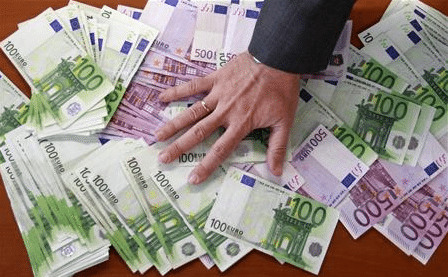JP morgan vient de publier quelques bons commentaires quant à un plan supplémentaire de quantitative easing de la part de la FED. JP Morgan ne pense pas que l’annonce d’un QE 3 soit un catalyseur haussier pour les marchés. “For a sustainable rally we would need the following: either a stabilisation in macro momentum or, more importantly, a robust policy response. Restart of the SMP programme, short selling bans nor the IMF rescue of Spain fit the bill. Markets tended to quickly rollover post these types of actions historically. Eurobonds remain as distant as ever.
Les lecteurs de cet article lisent maintenant :
However, if ESM were to get a banking licence and were to be used for direct peripheral bank recapitalisations, this would be a very important positive. We think the likelihood of this is low at present, but if it were to happen we would have to get more constructive. An aggressive policy response by Chinese and/or US officials could be another positive signal, but this is not likely immediately. In ’08/’09 China delivered fiscal stimulus worth 14% of GDP, compared to nearly nothing now. We would not use the hope of QE3 as an argument to be bullish. If one really thinks QE3 is likely to be announced over the next few months, we believe both the market and macro dataflow would weaken further ahead of this.
While our stance is a cautious one, the following factors should temper the downside:
1) Equities are under owned. This is not a short-term help, but on a medium-term horizon it is reasonable
to look for a shift out of bonds into stocks.
2) Valuations are not stretched – Again, this is not a great support if the earnings are at risk, but
valuation multiples are low in the context of the last 20-30 years.
3) US is unlikely to witness a recession over the next 12-18 months, but a growth scare is very possible.
4) EM policy is focused on easing now. A third of the EM inflation basket is food. Agricultural commodity
prices are well behaved now and this is allowing most EM central banks to refocus on growth.
5) Asset reflation – all the key central banks continue expanding their balance sheets.
6) Corporate sector balance sheets are healthy and profit margins in this cycle have been much
higher than most thought. Equities historically tended to peak 4-5 quarters post the margins peaking.”
Ne loupez plus une seule opportunité pour investir à moindre risque en recevant la newsletter de Graphseo bourse
PS: Tous mes investissements sont partagés en temps réel sur L'Académie des Graphs. Le portefeuille représente mes convictions personnelles consolidées (de mes différents courtiers) et n'est pas une incitation à l'achat ni à la vente. La performance en cours inclus les gains ou moins values latentes et l'impact du change sur les actions étrangères. Performance 2024: +41%; 2023: +38%; 2022: +46%; 2021: +122%; 2020: +121%; 2019: +79%; 2018: +21%; 2017: +24%; 2016: +12%; 2015: +45%; 2014: +30%; 2013:+72%, 2012:+9%, 2011:-11%... Clique-ici pour découvrir l'Académie des Graphs où je t'accompagne au quotidien, partage mes positions et portefeuilles dynamique et long terme en temps réel.



